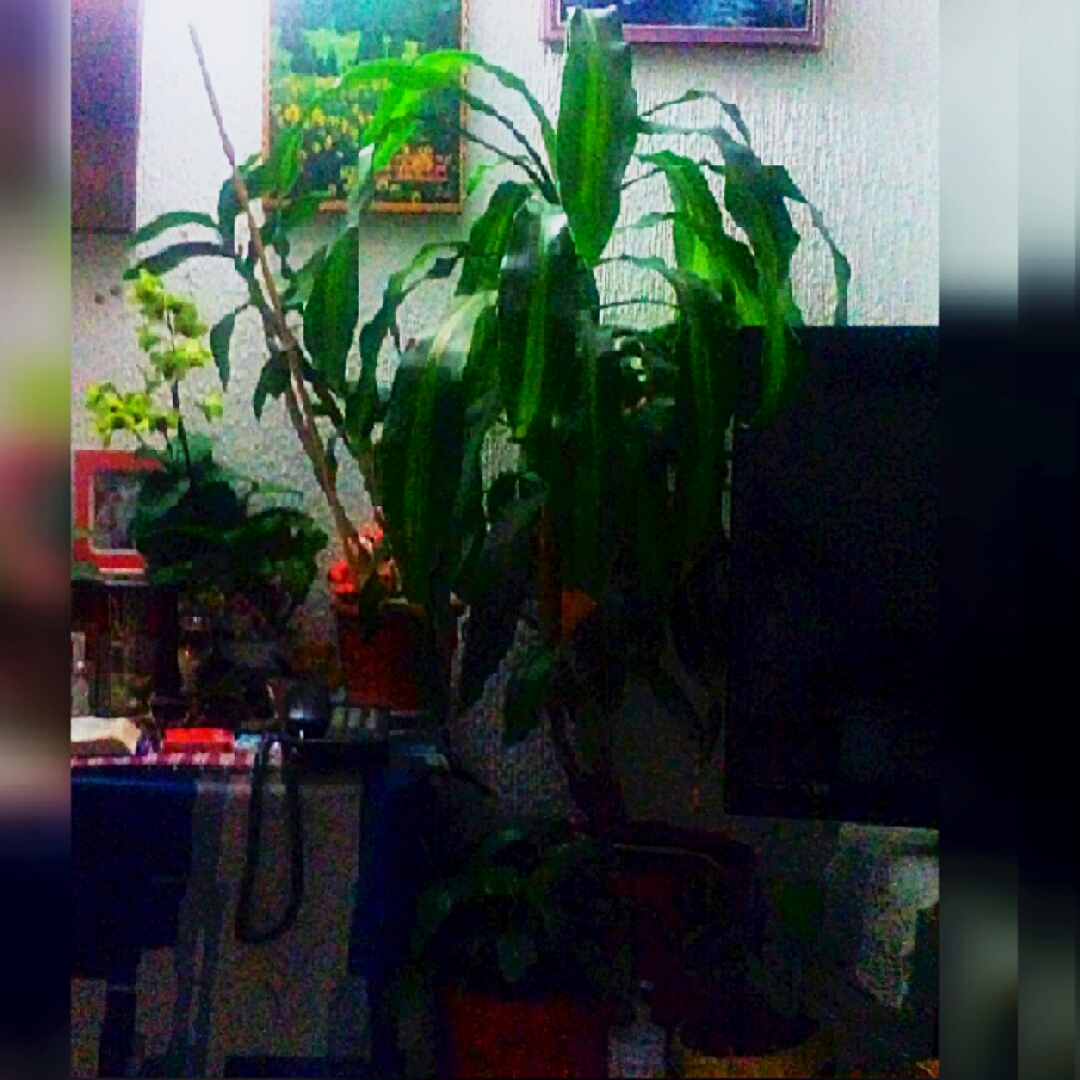
Dracaena fragrans 'Trunk of Brazil' syn. 'Palo de Brasil'
Dracaena 'Trunk of Brazil' ('Palo de Brasil')
There are about 120 species of trees and succulent shrubs which belong to the genus. The larger species are commonly known as Dragon Trees and the remaining species are known collectively as shrubby dracaenas. They are smaller and shrub-like, with slender stems and flexible strap-shaped leaves. Dracaena plants are suitable for use as houseplants. 'Trunk of Brazil' is a tropical perennial, with a thick brown trunk with rings around it every 10 cms. or so, and green leaves with yellow or white stripes
Contributed by @JCARLOSARENAS7
-
Full sun to partial shade
-
Very little water
-
A little frost hardy: 32F (0°C)
-
Moist and free draining
Common name
Dracaena 'Trunk of Brazil' ('Palo de Brasil')
Latin name
Dracaena fragrans 'Trunk of Brazil' syn. 'Palo de Brasil'
type
Perennial
family
Asparagaceae
ph
5.0 - 7.5 Acid - Neutral
Plant & bloom calendar
-
Best time to plant
full grown dimensions
 1.00 M
3.00 M
1.00 M
3.00 M
Dracaena fragrans 'Trunk of Brazil' syn. 'Palo de Brasil'
There are about 120 species of trees and succulent shrubs which belong to the genus. The larger species are commonly known as Dragon Trees and the remaining species are known collectively as shrubby dracaenas. They are smaller and shrub-like, with slender stems and flexible strap-shaped leaves. Dracaena plants are suitable for use as houseplants. 'Trunk of Brazil' is a tropical perennial, with a thick brown trunk with rings around it every 10 cms. or so, and green leaves with yellow or white stripes
Planting as a houseplant
From Early Spring TO Early Spring
Most well draining potting soil mix types are fine to use. Temperatures from 60°F (15°C) - 75°F (24°C) are ideal. Under 55°F/12°C is going to harm the plant which may become noticeable if the leaves begin curling. Try and avoid the plant being near cold drafts, which will also cause harm. A good mix of sun shine and shade is ideal for this dracaena, but hardly any direct sunlight. Although it grows quicker and better in bright light you'll also find it survives and grows well enough in low light conditions.
Propagation
From Early Spring TO Late Summer
These are quite easy to propagate from stem tip cuttings, best done in spring or summer. You can also cut a new or old rosette and re-plant it. After replanting keep the soil moist and mist the leaves which will encourage the plant to grow. A tall plant can be propagated using the air layering method.









